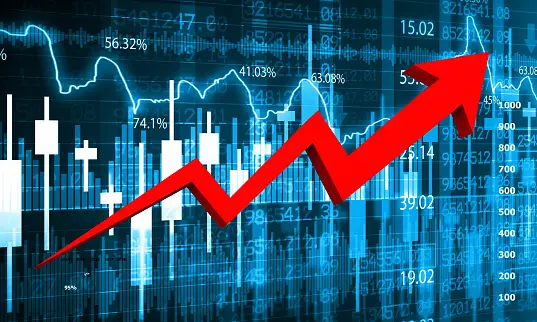Comparing Precious Metals: Which One is Right for You?

Investing in precious metals like gold, silver, and platinum offers diverse opportunities for traders and people looking to diversify their portfolios and safeguard against financial uncertainties. Each metal has unique characteristics, market behaviors, and advantages that cater to different investment strategies. This article systematically compares these precious metals, helping traders determine which best aligns with their trading goals and preferences.
Overview of Gold, Silver, and Platinum Markets
The gold, silver, and platinum markets are distinct, each driven by various factors. Gold CFD trading is often considered a safe-haven asset, prized for its stability and historical significance. It is widely traded and hedges against inflation and currency devaluation. Gold’s value tends to increase during economic downturns, making it a popular choice during uncertain times.
Conversely, silver has a dual role as a precious metal and an industrial commodity. It is used extensively in electronics, solar panels, and other industrial applications. This dual demand can lead to higher volatility in silver prices than gold. Silver is less expensive than gold, making it accessible to a broader range of investors.
The platinum market is smaller and more volatile, influenced by industrial demand and supply disruptions. Despite its volatility, platinum offers significant opportunities for investors willing to navigate its complexities.
Key Differences Between Trading Gold and Silver CFDs
Several vital differences emerge when comparing gold CFD trading to silver CFD trading. Gold CFDs are known for their stability and long-term value preservation, making them ideal for traders seeking steady returns. The highly liquid gold market allows easy entry and exit from positions. Gold is less affected by industrial demand, reducing its price volatility.
Silver CFDs, in contrast, offer higher volatility and potential for rapid price movements. This volatility can benefit short-term traders looking to capitalize on quick gains. Silver’s industrial applications also mean technological advancements and changes in manufacturing demand can influence its price. While this adds complexity, it also provides unique trading opportunities.
Both gold and silver CFDs allow traders to use leverage, magnifying potential returns and increasing risk. When choosing between these metals, traders should consider their risk tolerance and investment horizon. Gold’s stability makes it suitable for long-term holdings, while silver’s volatility can benefit those with a higher risk appetite and shorter investment time frames.
Benefits of Trading Gold
Trading gold offers several benefits, making it a preferred choice for many investors. One of the primary advantages is its role as a safe-haven asset. During economic uncertainty, geopolitical tensions, or financial market instability, gold tends to retain or increase in value. This stability provides a reliable hedge against inflation and currency fluctuations.
Gold’s liquidity is another significant benefit. The global gold market is vast, with high trading volumes and numerous buyers and sellers. This liquidity ensures traders can quickly enter and exit positions without significant price impact. It also allows for better price discovery and tighter bid-ask spreads, reducing trading costs.
How to Choose the Right Precious Metal for Your Strategy
Choosing a suitable precious metal for trading depends on many factors, including market conditions, investment goals, and risk tolerance. Understanding these can help you make decisions and optimize your trading outcomes.
Market conditions are crucial in determining the suitability of different metals. During economic uncertainty, gold’s stability makes it an attractive option. Due to increased demand, silver and platinum might offer better returns if the industrial sector is booming. Keeping an eye on finance indicators and global trends can guide your choice.
Investment goals are another critical consideration. Gold’s historical performance and stability make it a solid choice for long-term wealth preservation. Silver’s volatility can provide more opportunities if you aim for higher returns through short-term trading. Platinum, with its industrial uses, might be suitable for those looking to capitalize on specific market sectors.
Building a Balanced Precious Metal Portfolio
Creating a balanced precious metal portfolio involves diversifying across gold, silver, and platinum to manage risk and maximize returns. Diversification helps spread risk, ensuring that gains in another can offset poor performance in one metal.
Allocating funds based on your risk tolerance and market outlook is essential. A conservative portfolio might have a higher allocation to gold, while an aggressive portfolio could include more silver and platinum. Regularly rebalancing the portfolio to reflect changing market conditions and investment goals can maintain the desired risk-return profile.
Comparing precious metals and choosing the right one for your investment strategy involves understanding the unique characteristics and market behaviors of gold, silver, and platinum. Each metal offers distinct advantages and opportunities, from gold’s stability and historical performance to silver’s volatility, industrial demand, and platinum’s rarity and specialized uses. Traders can build a balanced and diversified precious metal portfolio by considering market conditions, investment goals, and risk tolerance. Staying informed and employing effective trading strategies, such as leveraging CFDs, can further optimize returns and manage risks in the dynamic world of precious metal trading.



